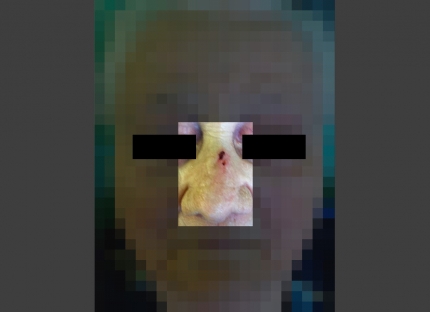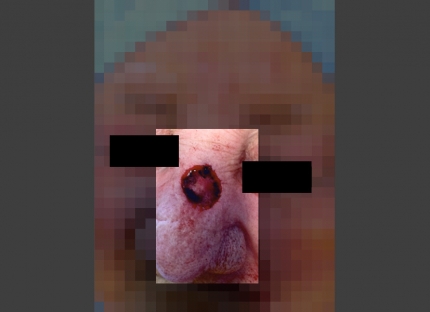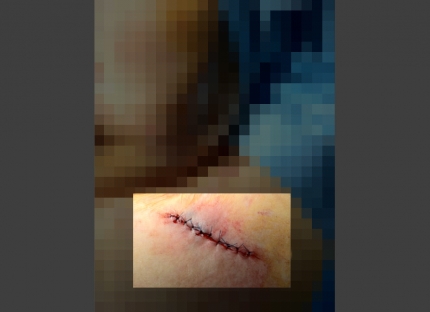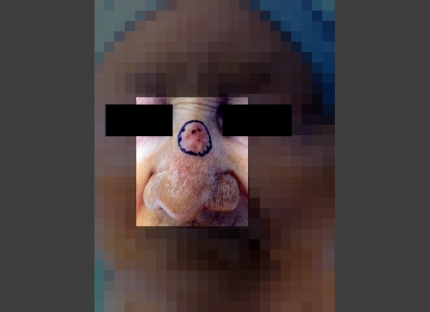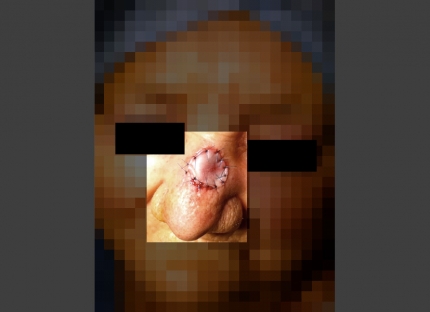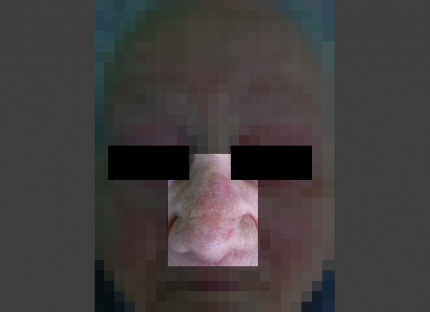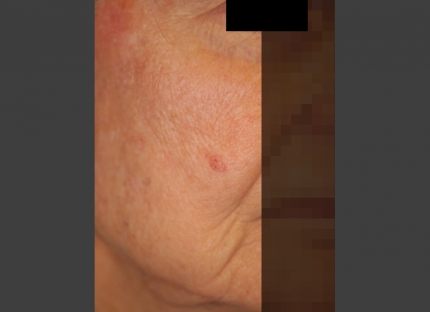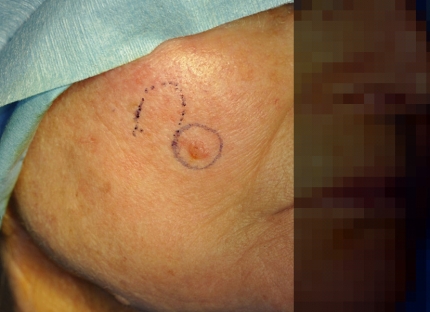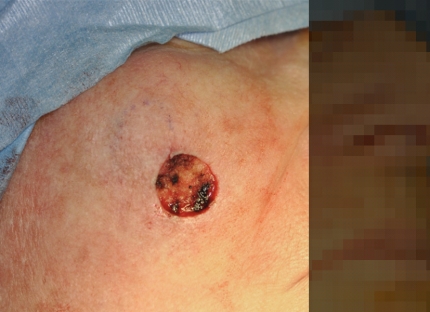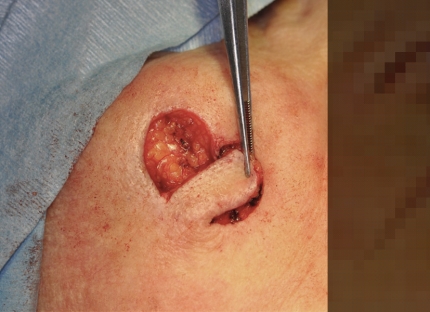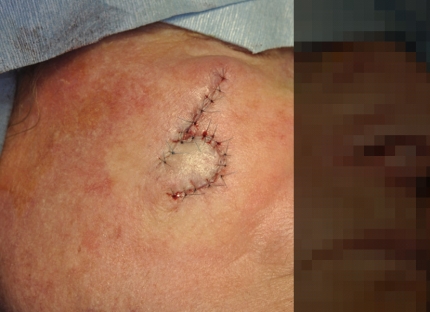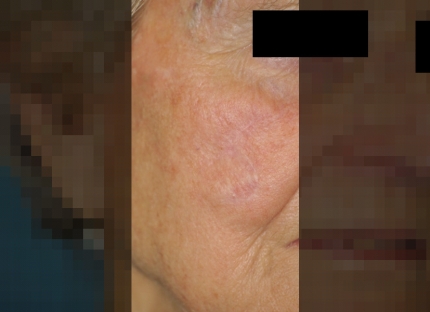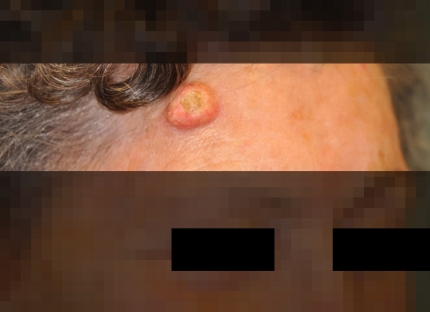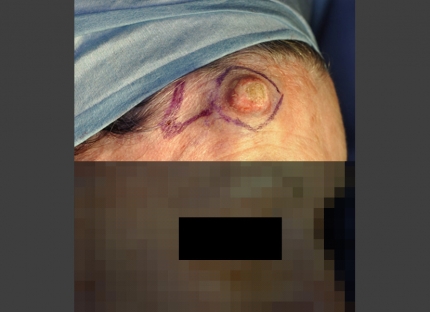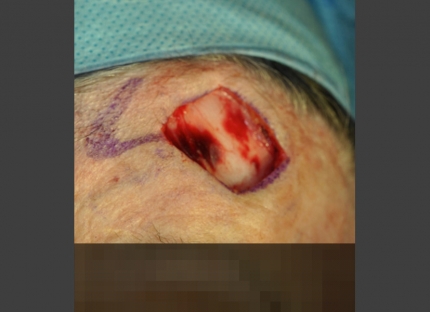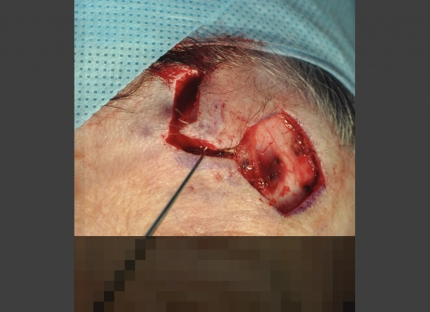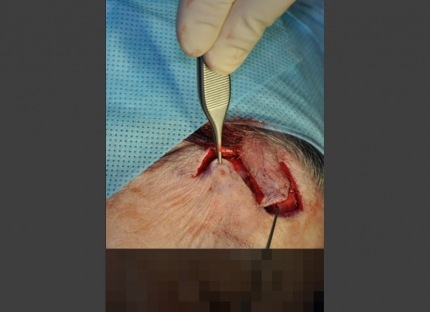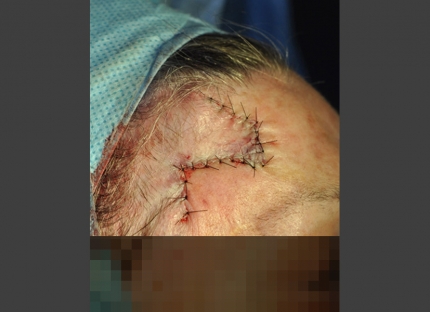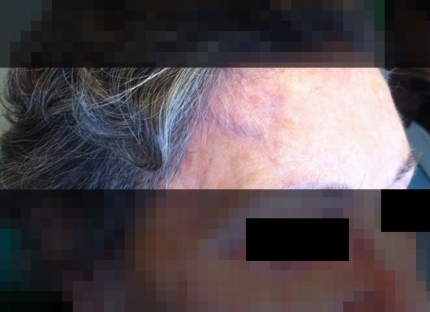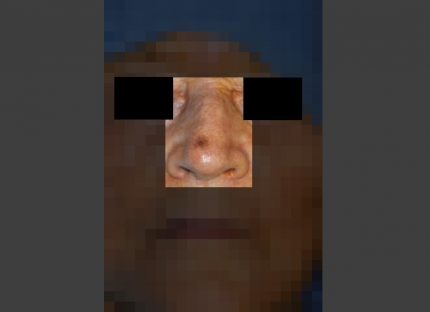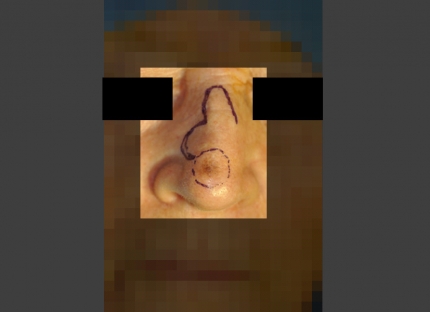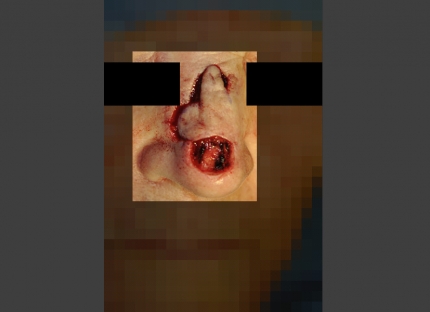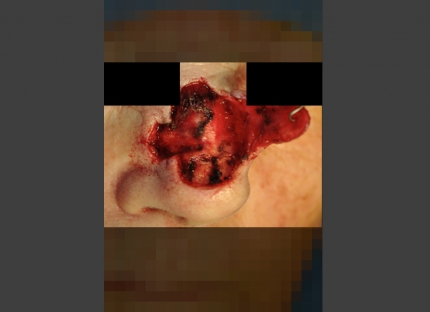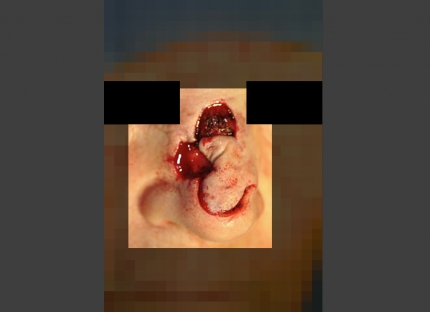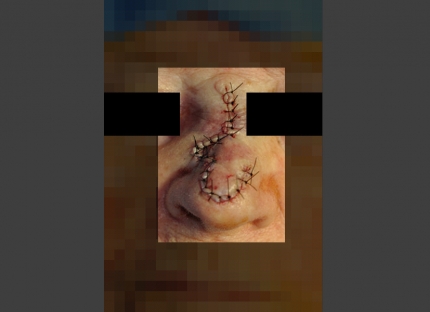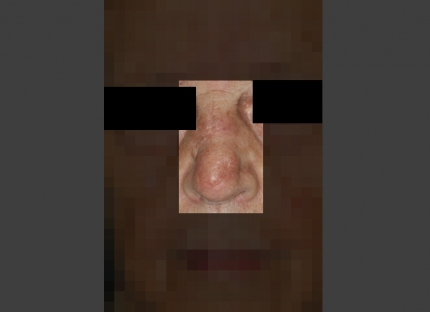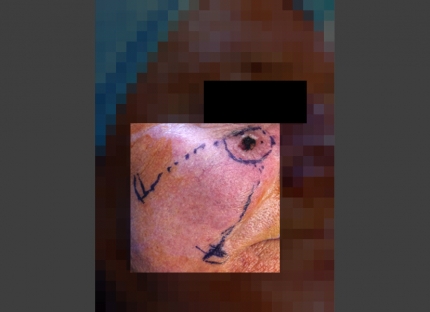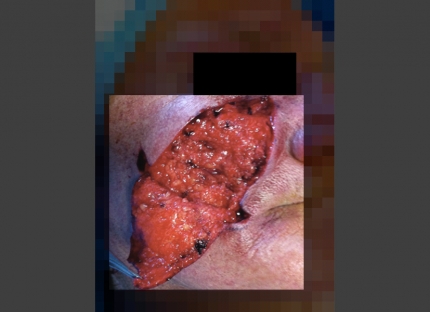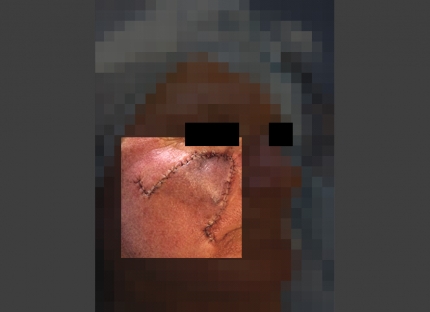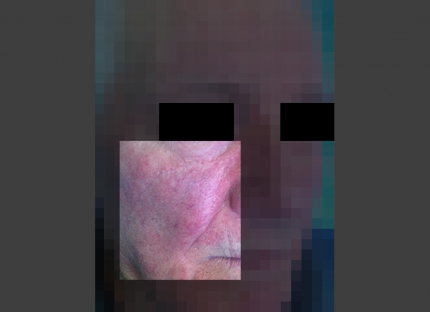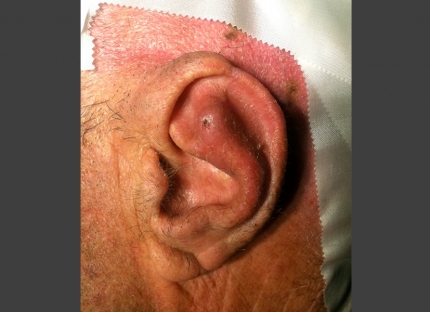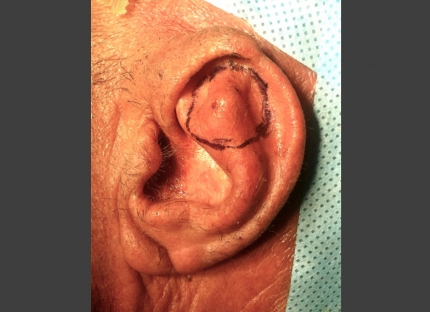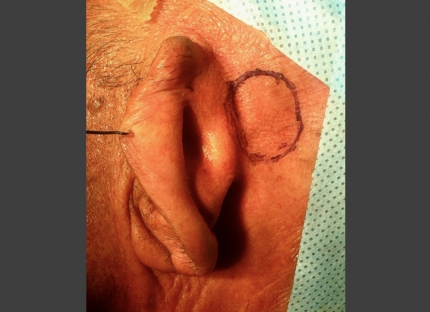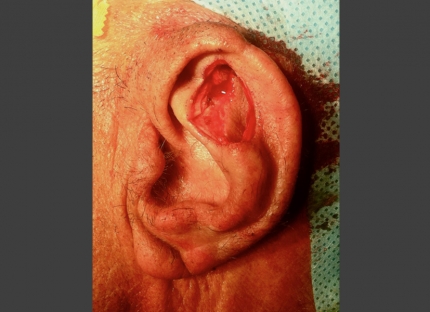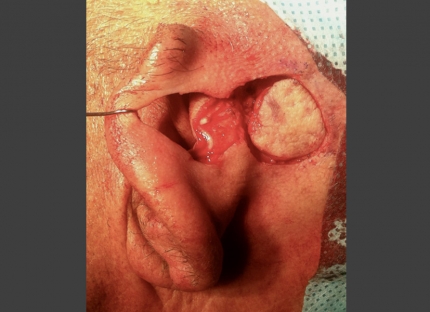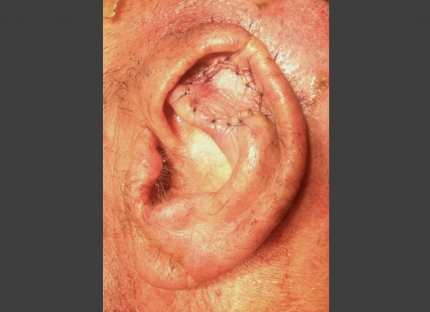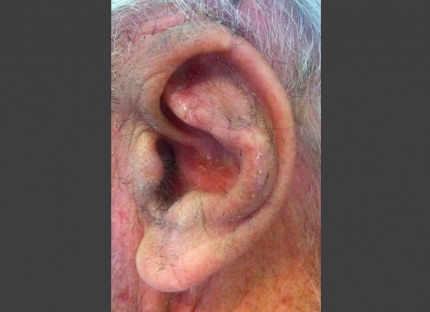Skin
lesions
- Skin
lesions - What is our skin made of?
The skin is the largest organ of our body and is composed of three layers: one top layer, the epidermis, a middle layer, the dermis and a deeper layer, the subcutaneous tissue or fat.
The epidermis is formed by cells of different nature: the main cell is the keratinocyte or epithelial cell, while in the bottom layer there are melanocytes, which have the task of producing melanin.
How do skin cancers originate? What are skin cancers?
The main risk factor is chronic exposure to sunlight. The rays of the sun that are responsible for tanning, but also burns, are ultraviolet rays , which can damage the DNA of skin cells, and cause uncontrolled growth.
Skin cancers develop especially in the parts of the body that are most exposed to the sun: face, ears, neck, scalp, shoulders and back. Other risk factors are contact with arsenic, exposure to ionizing radiation, genetic abnormalities and failure of the immune system due to chemotherapy, transplants or AIDS.
The uncontrolled growth of epithelial cells or keratinocytes and melanocytes develop into skin cancer.
In normal melanocytes, they may give rise to dark agglomerations that are visible on the surface of the skin and known as moles (nevi).
Benign lesions (moles, skin fibromas, etc.) generally do not present particular difficulties in treatment because only a simple excision is required . It's very important, however, to perform the histological examination on the tissue removed, to analyze it under a microscope and thus have the certainty of the diagnosis of benignity.
Malignant tumors of the skin can be distinguished according to the cells from which they originate.
The most frequent malignant tumors of skin are cancers of epithelial origin or the basal-cell carcinomas and the squamous-cell carcinomas.
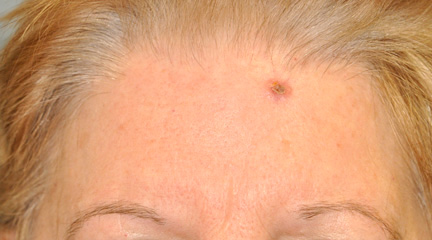
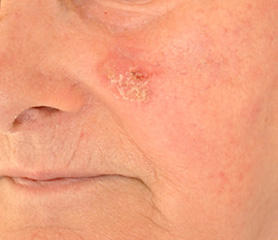
Basal-cell carcinoma of the frontal region Squamous-cell carcinoma of the left cheek
The basal-cell and squamous-cell carcinomas account for over 90 percent of all skin cancers and are easily treatable. They are very rarely fatal. Although classified as malignant tumors, the basal-cell carcinomas practically never cause metastases and therefore a suitable treatment of the tumor is always decisive. However, if it is not treated correctly, there is a high frequency of relapse. Squamous-cell carcinoma of the skin instead is a malignant tumor but the possibility of metastases is low. The route of metastasis of squamous-cell carcinoma is lymphatic, so an examination of the lymph nodes is required. If there are no signs of metastases in the lymph nodes, a clinical checkup is performed in addition to examinations such as ultrasound of the neck. Early diagnosis of a possible lymph node metastasis is very important and can change the prognosis.
Melanomas arise de novo on an intact skin or from pre-existing nevus. Changes in the status of a nevus (especially parameters such as Asymmetry, Edges, Color and Size) that take occur in a few weeks or a few months (Evolution) can be a sign that it is changing into the melanoma and must be quickly reported to the doctor.
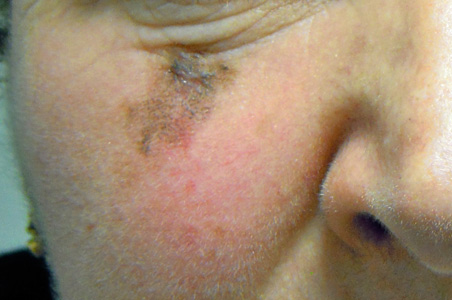
Melanoma in situ on the right cheek
Melanomas may be more dangerous as they have the ability to invade the surrounding tissues and spread in the body creating metastases in various organs or tissues.
How is the skin cancer treated?
The treatment of basal-cell and squamous-cell carcinomas is surgery.
Often before the surgery, when the tumor has exceeded a certain size and when it is in a sensitive area of the face, small sampling (biopsy) is required in order to determine the type of tumor.
The surgery is usually performed under local anesthesia and must entail the removal of the tumor together with the surrounding healthy tissue.
In some areas of the face, to get the best aesthetic result, reconstructive surgery techniques may be needed such as the local skin flaps to close the defect that is a result of the removal of the tumor.
If removed in the early stages, these tumors are cured in 95 percent of cases: timing is essential.
In the case of melanoma, the type of therapy is chosen according to the stage of the disease.
The main treatment is surgical removal, and the extent depends on the stage of the tumor. It is often necessary to remove large portions of healthy tissue surrounding the lesion causing aesthetic and functional problems .
In later stages, additional treatment (removal of the lymph nodes, chemotherapy, etc.) is required.
- case reports
